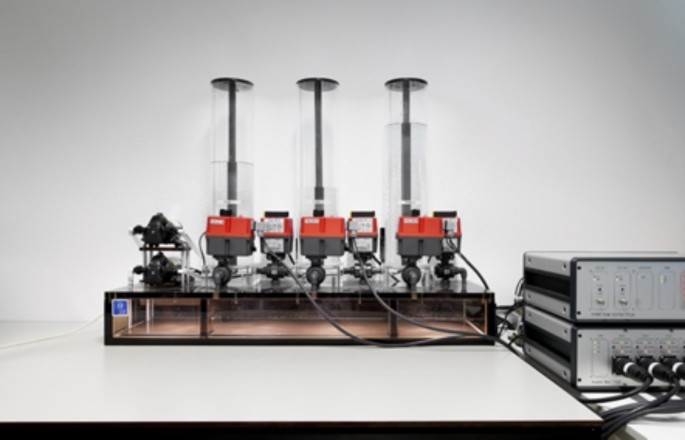
In general, Industrial sites can be some of the most hazardous for employees. In particular, welding can be extremely dangerous. There are a number of different ways that you can ensure the safety of your staff is protected when welding is taking place, from ensuring that personal protective equipment (PPE) is up to standard to providing ongoing training.
One of the best ways to keep everyone safe that welders and those working around them like installing welding curtains and blankets. Here is our guide:
Table of Contents
What are welding curtains?
A welding-curtain is a fire-resistant material that is hung around the welding station, providing a physical shield that prevents sparks and splatters from escaping.
They are usually opaque or semi-opaque, meaning that the extremely bright light emitted from the welding torch does not damage the eyes of people working around the welder.
You can use welding curtains to create welding bays or to otherwise create a space specifically used for welding. They are also perfect for metal-grinding stations, where sparks can easily pose a health and safety risk.
What are welding blankets?
Welding blankets are essentially very similar to welding curtains – they provide a physical, flame-resistant barrier to prevent sparks and molten materials from escaping.
The difference lies in the fact that blankets are not hung up, and so can be more versatile as to where and when they are used – particularly useful if you need to protect nearby machinery, equipment, or stock.
What are the options of Welding Curtains and Blankets?
For curtains, consider the different sizes – make sure that your curtain is big enough to enclose the welding bay fully. You’ll also want to think about how the curtain will be installed. Do you have an available wall, or will you need to use a freestanding curtain?
Freestanding models have a metal frame that holds the curtain in place and is usually mounted on wheels for easy movement in and out of position.
If you need to be able to supervise or monitor your welders, you will need to get a transparent curtain. If supervision is not an issue, then get an opaque version as it will prevent other employees from suffering with ‘arc eye’ – the damage caused by looking at the bright torch tip.
For a blanket, you simply need to make sure that it is large enough to cover what you want to cover, and that it is sufficiently fire-resistant.
Most high-quality suppliers will list their welding blankets with performance ratings – look for something that can withstand up to 1000 degrees Celsius, and also check if it is rated for ‘hot work’ compliance.
The relevant British Standard for welding safety is BS EN 1598 (Health and Safety in Welding and Allied Processes). Make sure that your welding curtains or blankets meet this regulation, and you should be able to rest easy knowing that your staff is protected.








